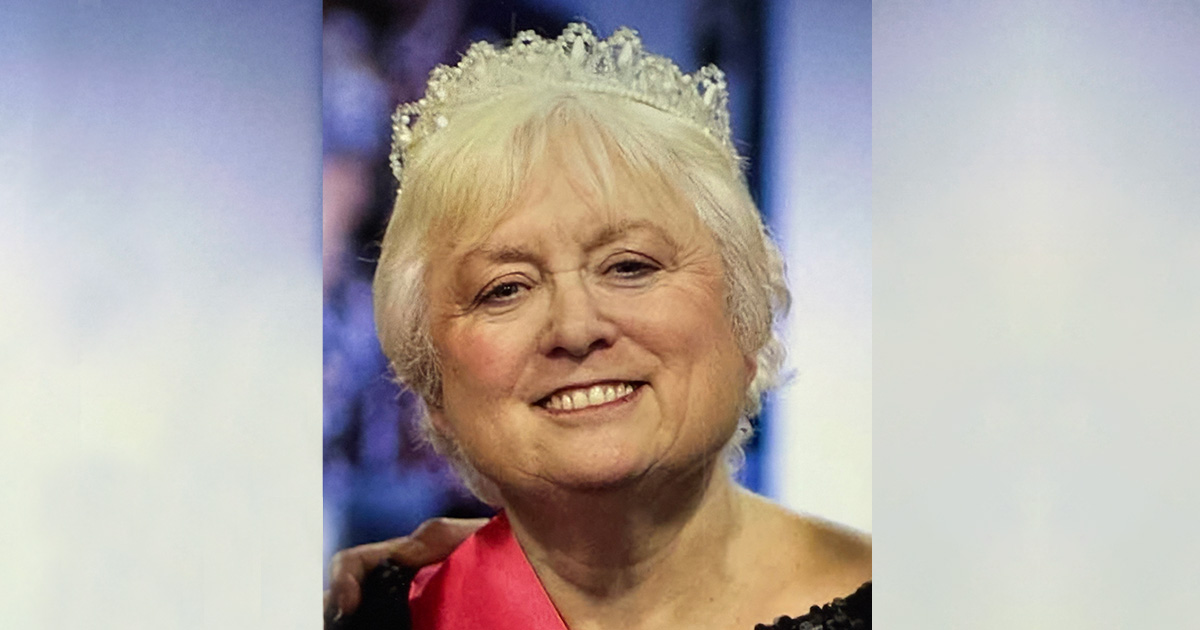Wednesday 11th March, 2015 was a very important day for me – it marked the 30-year anniversary of my career in diabetes nursing. This was about the time when specialist nursing began in many disciplines and when I started specialising in diabetes, I was only one of a handful of nurses who did. Shortly after reaching this milestone, I retired.
I was trained at the Lister Hospital in North Hertfordshire at the start of 1973 when the new hospital opened. Prior to a short break before I took up the post, I was a part-time staff nurse on medical wards. I had always been interested in the types of diabetes – referred to, in those days, as juvenile diabetes and maturity-onset diabetes.
I had seen an advert in our local paper for a Community Diabetes Liaison Nurse. I applied, was interviewed and was offered the job. At this time there were no recognised qualifications needed and you “learnt on your feet”. I was extremely lucky to have an enthusiastic consultant, Dr Les Borthwick, who pretty much “trained me up” single handed and I gained confidence very quickly. The initial role involved attending diabetes clinics and seeing people at home who were having problems with their diabetes or needed starting on insulin. At the time, newly diagnosed individuals were spending 1–2 weeks in hospital to “get stabilised” and actually experience a hypoglycaemic episode! They were then followed up at home. There were no home blood glucose machines and control was mainly assessed through urine samples.
For the first five years or so I had no permanent base to make telephone calls or catch up with documentation; I was a bit of a “bag lady”, really. The need for increased hours had become apparent and my hours of work had increased gradually from 15 to 30 by 1990. In 1991, three significant changes occurred:
- The hospital took over the funding for the post and it has remained this way ever since.
- An additional DSN was funded at 30 hours per week.
- An appeal had been made by a patient for an optical laser in our hospital. Following the acquisition of the laser, there was money left over, which went to fund all the furniture, desks, computers and telephones in our new office, which doubled up as an consultation/education room. We were in our element; we had all our educational material, urine and blood test strips there and people were able to “drop in” to see a nurse at any time. Home visits started to become things of the past and we favoured booked appointments in our room.
- Blood monitoring machines were becoming a standard part of diabetes management and all the machines in the hospital were standardised. Furthermore, a diabetes link nurse was established on each ward to ensure quality control and ward teaching of junior staff.
One of the most important changes in the way we viewed diabetes and its treatment was the evidence coming through from the DCCT (Diabetes Control and Complications Trial) and the UKPDS (United Kingdom Prospective Diabetes Study), and our clinic was lucky enough to be involved in these trials. Their results paved the way for a change in diabetes management, looking not only at the daily blood glucose level and HbA1c, as I had been mainly taught, but also at blood pressure, cholesterol levels, kidney, eye and foot complications, and many other clinical parameters that we are familiar with today.
Pharmaceutical companies were on each other’s heels to produce, it seemed, as many different insulins as possible. There were short-acting, biphasic mixes from a 10/90 mix to a 50/50 mix, long-acting and even longer-acting insulins coming along with frequency; it was hard to keep up.
At this time people were being changed to 100 unit strength insulin and 100 unit insulin syringes from the “old” 20, 40 and 80 unit strength insulins and marked syringes (Bloom, 1982). The way the insulin was given was changing fast too, moving away from the traditional syringe and needle in favour of pen devices. The first pen was a smart fountain-pen type that held a 150 unit cartridge. The top fitted on the bottom to become the plunger and each “plunge” gave 2 units. Although these devices were popular with some people, they were replaced with 300 unit pens, which were more practical for people with type 2 diabetes, as these people often require larger doses and this can be given with one plunge.
Education
There was a lot of assistance from pharmaceutical companies with the provision of all educational matter, pens, meters and so on. They also held many training courses for new and established DSNs. I attended several of these, including a presentation skills course and a counselling course. They were very enjoyable and were great for networking with my DSN colleagues, who at the time were quite thin on the ground.
Throughout my career, I was very fortunate to visit an insulin manufacturing plant in Denmark and the Steno Diabetes Centre while I was there. On a trip to the American Diabetes Association conference in Florida, I was also able to fit in a visit to the insulin manufacturing plant in Indianapolis.
Universities were also beginning to run courses for diabetes early in my career. The ENB (English National Board) 928 diabetes qualification was very popular, as was the teaching and mentorship course ENB 998. These two courses were pretty much a “must” for any aspiring DSN.
Myself and the other DSN were able to make full use of our consultation room and started type 2 educational afternoons, a forerunner to DESMOND (Diabetes Education and Self Management for Ongoing and Diagnosed) courses. We invited all people with newly diagnosed type 2 diabetes to come to a 2-hour session, which covered information about diabetes, dietary advice, foot-care advice and keeping well to reduce the risk of complications. We also gave out blood glucose machines and taught people how to use these appropriately. Thankfully, there were no problems accessing the blood glucose strips back then!
The DSN role has changed considerably over the years. More people than ever are being diagnosed, due to better screening, lowering of the diagnostic criteria, people generally living longer, poor diet and lack of exercise. This means that the role is far more demanding and stressful than before. Nurses are now able to perform roles that in the past were the doctor’s domain (and that’s a topic for another debate!).
We now have a team of eight consultants and nine DSNs, a clinical support worker, administration staff and an auditor. This is an amazing achievement from such small beginnings, all thanks to the vision of Dr Borthwick. The trust also has a thriving research department.
Some words of wisdom
The philosophy I have tried to keep when consulting with people with diabetes is to:
- Listen.
- Give advice, but do not demand that they heed your advice. Remember, our role is to advise and lay all the facts on the table, but it is the individual’s choice whether they accept this or not, however frustrating this is for you.
- See or contact patients as regularly as possible.
- Praise even the smallest improvements.
- Do not give up on “difficult patients”. The next time you see them may be the time it all “clicks”.
- Never appear shocked by what someone tells you or by the height of their glucose levels.
- If you are unable to answer a question, then make it your business to find out.
- Make sure you have the right training for the role. Personally, I feel the NHS has gone “degree crazy”. I am not saying that degree modules do not have their place, but having a degree does not make you a good nurse. What does make you a good nurse is a passion for what you do. With passion you will learn everything you need to know.
- Question decisions that are taken, if you disagree. This includes decisions made by all colleagues, including consultants.
- You can only do what you can do. These days we are expected to be almost super-human, but it will all be there tomorrow and the next day, and the day after that.
I hope I have given the smallest insight into my personal journey as a diabetes nurse. Diabetes has been such an exciting journey and I can’t wait for the next discovery. I have fully enjoyed diabetes nursing and have met some wonderful people. Now, at the end of my career, I am thankful for all friends I have made. I wouldn’t have missed any of it.





International Diabetes Federation officially recognises “type 5 diabetes”, decades after first being observed.
24 Apr 2025